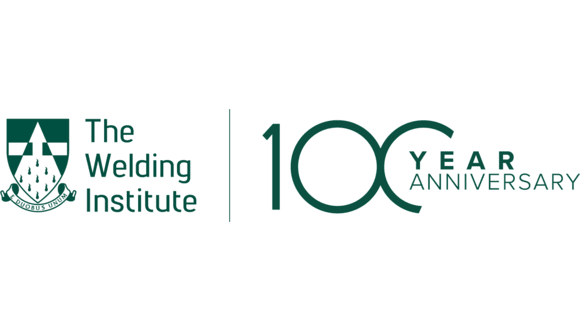Thu, 26 January, 2023
The Welding Institute is celebrating its 100th anniversary this year, having originally been created as ‘The Institution of Welding Engineers’ in 1923.
Created as a professional engineering institution to support the development of Members in the fields of welding, joining and allied technologies, the Institute serves as a voice for industry to provide authoritative guidance to bodies such as the British Standards Institution, the Engineering Council and the UK government.
As a licensed member of the Engineering Council, the Institute allows for the assessment and nomination of Professional Members to become Chartered Engineers (CEng), Incorporated Engineers (IEng) or Engineering Technicians (EngTech).
Foundations
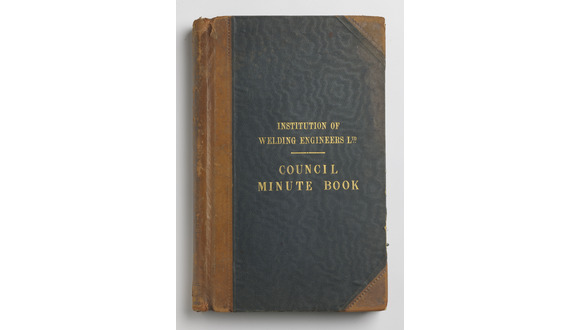
The foundation of the modern Institute as we know it today began in 1923 with the creation of ‘The Institution of Welding Engineers.’ Created following a meeting of 20 men at the Holborn Restaurant in London on 26 January that year, the Institution united acetylene welders with those engaged in electric arc welding and was formally registered in February 1923 with registration under the Companies Act.
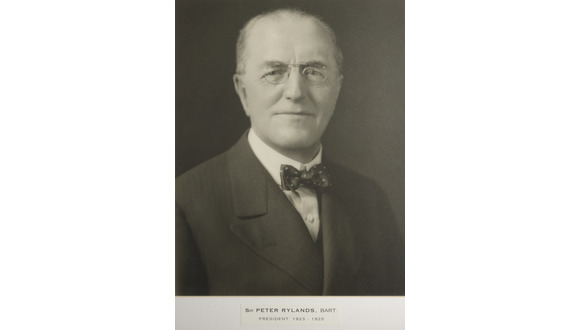
The Institution set out a range of aims to ‘advance and develop the science and practice of welding.’ This included activities such as the reading of papers and lectures, the drawing up of recommendations and regulations for the welding industry, the establishing of welding schools and the promotion of related legislation. In addition, the Institution sought to create a network of branches to unite professionals within the industry to help take steps for the development of the science of welding.
The next ten years saw the income of the Institution grow to £800 per year, with the number of Members reaching 600.
Library
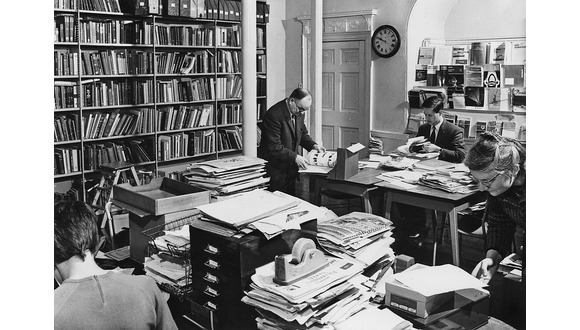
The Institute has also included a library since the 1930s, acting as a custodian of industry knowledge and creating a link between practical and academic findings.
The library has remained a constant thread ever since, both for the Institute and TWI Ltd, making knowledge available through its catalogue of around 4,000 books, 50,000 journal issues, 10,000 standards and 30,000 unpublished reports.
The library’s archive stretches back to the 1920s and is still regularly used to inform and educate with the assistance of staff who are all information professionals, willing to answer enquiries and provide information searches that are complete, relevant and free of bias.
Merger
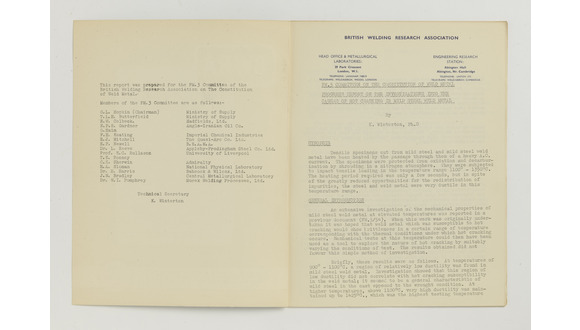
12 years after forming, in 1935, the Institution merged with the British Advisory Welding Council to become ‘The Institute of Welding.’ This amalgamation allowed for a ‘wider and more comprehensive programme of work’ to be undertaken, while also meeting the ‘pressing demands of all branches of engineering for guidance in welding matters.’ This merger also meant that companies could now become Members of the Institute as well as individuals, paving the way for what would later become TWI Ltd’s Industrial Membership.
Welding Research
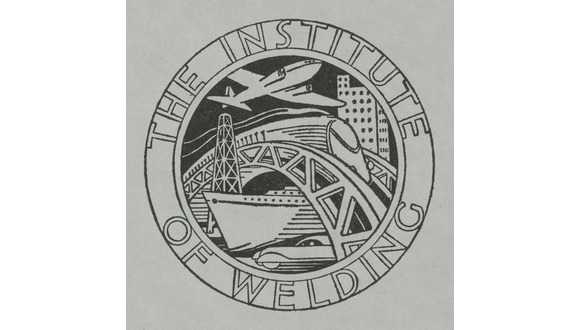
With this new, broader scope, the Institute’s Welding Research Council was created in 1937 to provide ‘status and recognition for the valuable work of the research committees and the standing of their personnel.’ This year also saw a three year grant awarded by the Department of Scientific and Industrial Research to support welding research.
Despite this new scope of work, the Institute didn’t have its own laboratories, so work was primarily supported by UK universities.
Split
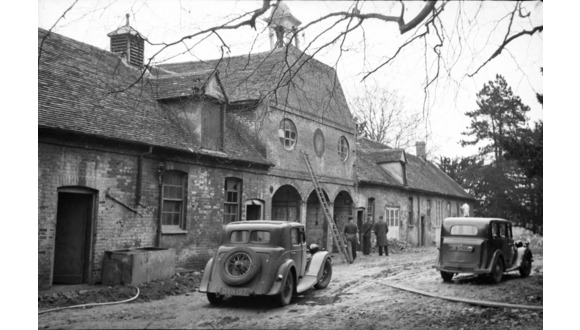
In 1946 the Institute was forced to split as professional institutions were debarred from being able to also act as research institutions. This led to the creation of the British Welding Research Association (BWRA) as a separate entity to The Institute of Welding.
1946 was also the year that the BWRA bought Abington Hall near Cambridge for £3850. This is still the site of TWI and The Welding Institute’s headquarters today, but the operation was much smaller back then, with the welding shop operating from the stables adjoining the hall and fatigue research taking place in a former army hut on the site. The BWRA also owned a property at 29 Park Crescent in London, which became the metallurgical laboratory, with the butler’s pantry serving as the polishing room and the machine shop situated in the coachman’s quarters.
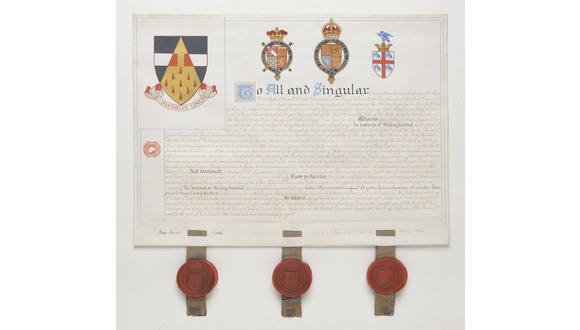
Two years later, in the Institute’s silver jubilee year of 1948, a Grant of Arms was awarded to the Institute, with a coat of arms depicting the making of a joint with heat and the Latin motto, ‘out of two, one.’
Training and Certification
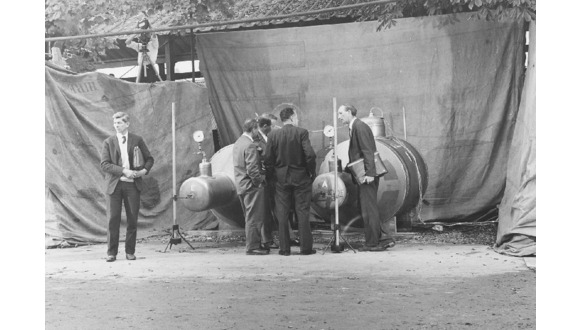
Things continued apace with The Institute of Welding for the next few years, but a growing demand for training courses on welding design and construction led to the creation of a course on the welding of pressure vessels in 1957.
This first course, held at a property near the Imperial College of Science and Technology in London, can be seen as a forerunner to today’s TWI Training, with 100 people applying for the course’s 40 places. This first course quickly led to more courses being organised and, by the early 1960s, the school had hosted more than 300 visiting lecturers.
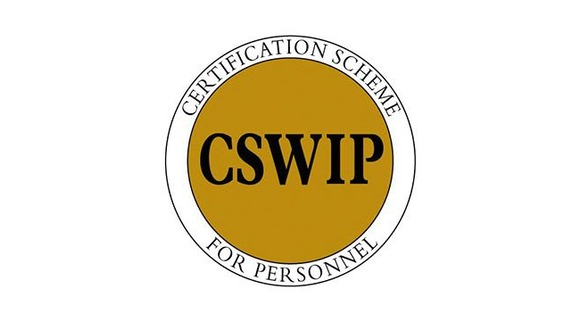
In 1965, the School of Applied Non-Destructive Testing was created by the BWRA and the Non-Destructive Testing Society of Great Britain. This new school pioneered formal training in areas including ultrasonic weld testing and radiographic interpretation, which led to the foundation of what would become CSWIP, the Certification Scheme for Welding and Inspection Personnel and TWI Certification.
Reunification: The Modern Institute is Created
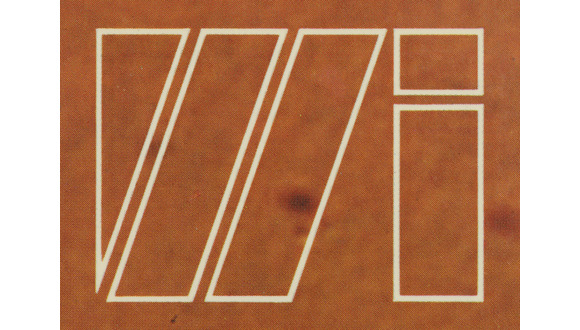
In 1968, The Institute of Welding and the BWRA were merged once more, with the realisation that their activities would serve industry better as a ‘single voice for welding technology.’ It was in the March of this year that ‘The Institute of Welding’ was renamed as ‘The Welding Institute’ – creating the modern Institute as it is today.
Since then, the Institute has continued to serve its Members and support their professional development while promoting the welding profession to subsequent generations.
